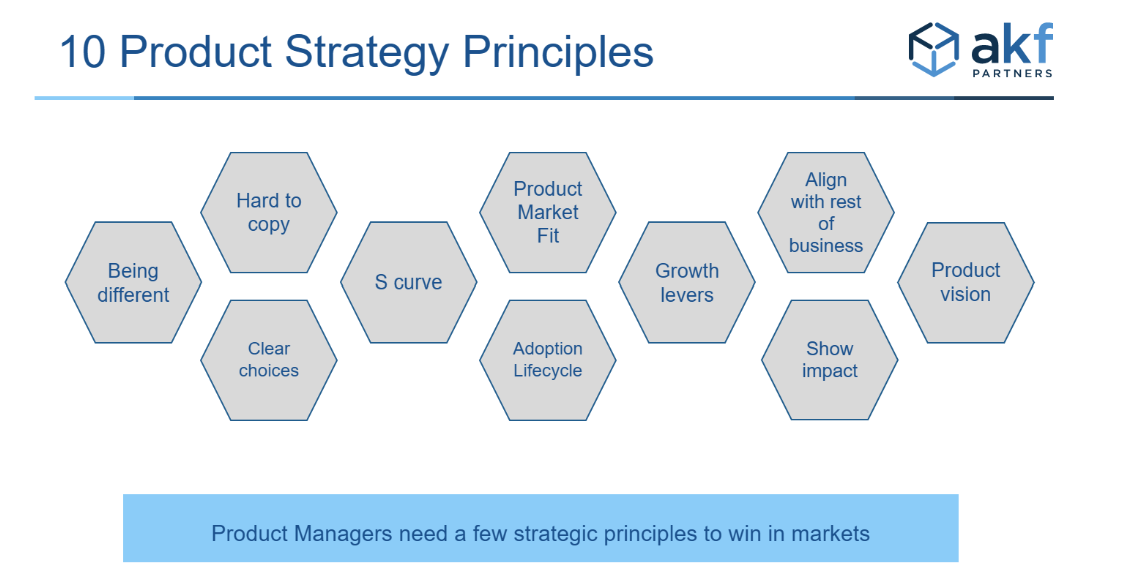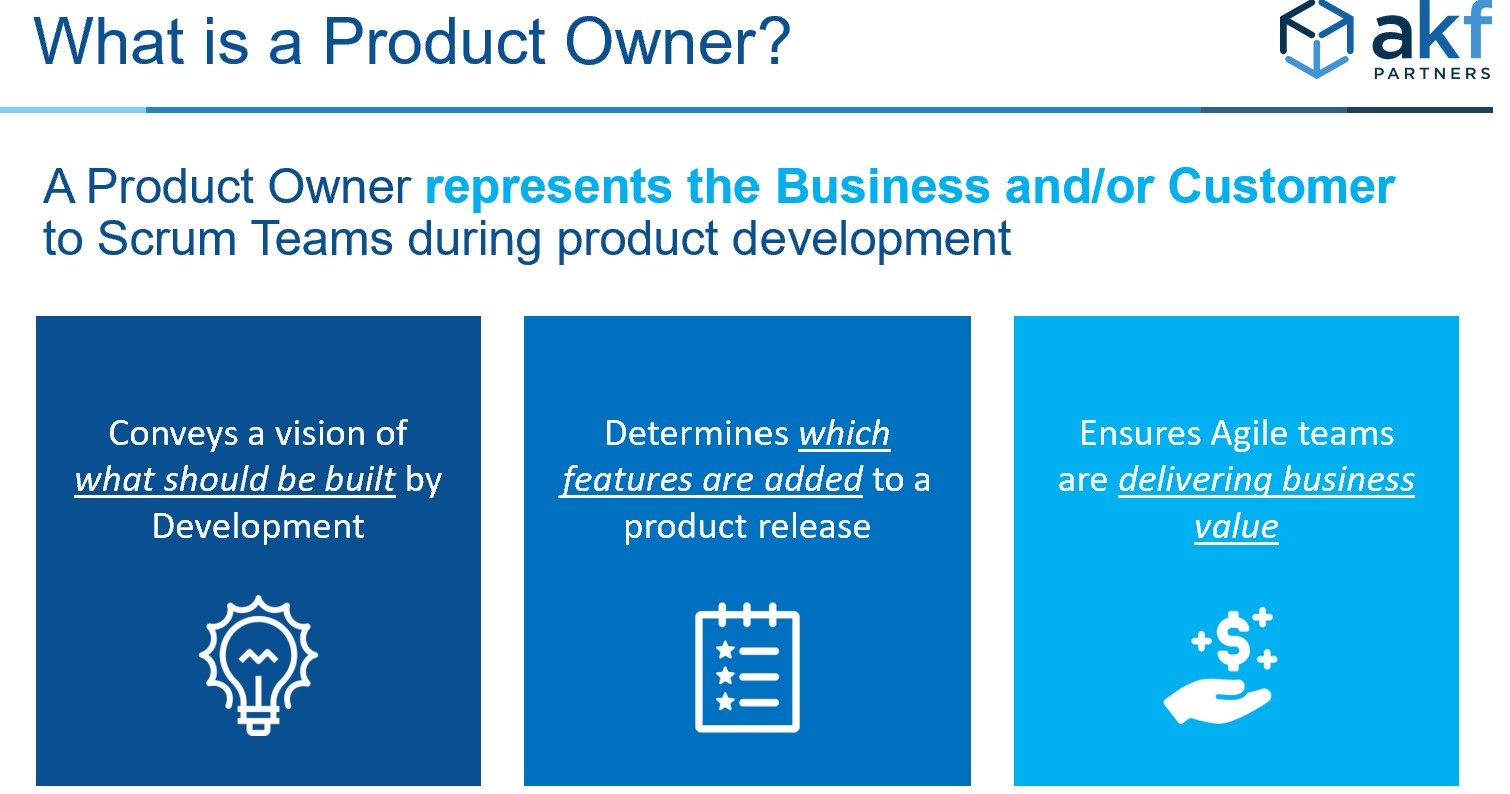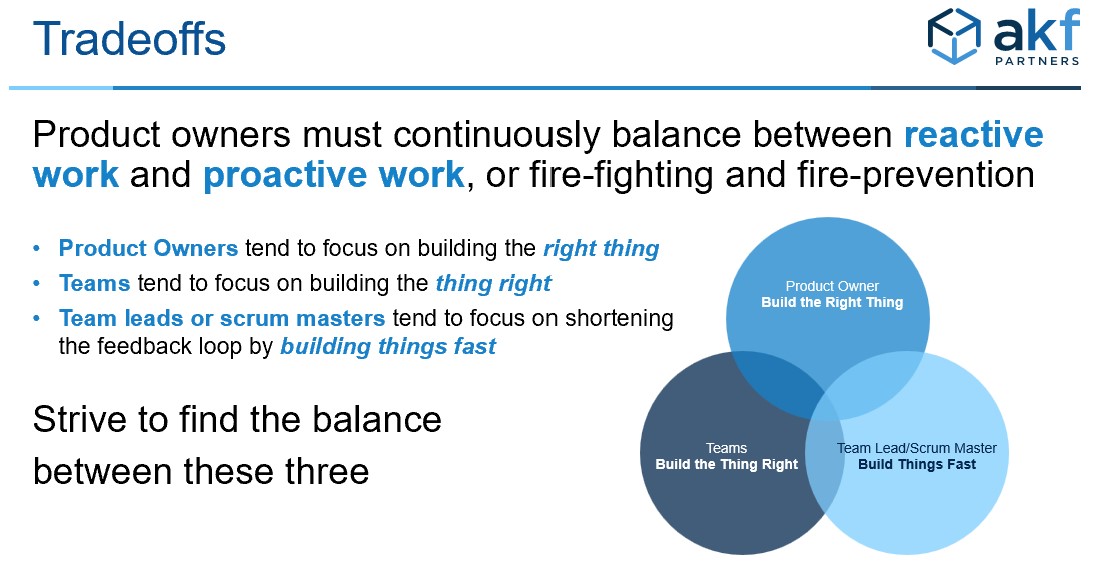Product Managers, Product Owners and Program Managers – Ask the Right Questions and Know the Key Differences.
My role in my organization is facilitating the sprint planning estimation process, developing program timelines and analyzing the competing products and competition.
Who am I, a Product Manager, Product Owner or Program Manager?

If you guessed any of these roles, you are correct. The tasks described above represent all roles. Many organizations, however, combine or overlap these roles which can often cause confusion in ownership, contribute to team frustration and overall decreased productivity.
Asking the right questions of “Why, What, When and How” can be a helpful guideline in distinguishing key differences and benefits between the roles.
Why are these roles often confused?
In order to understand the differences in roles between a Product Manager, Product Owner, and Program Manager, it is helpful to note the general concept of Product Management vs Program Management.
Strategically driving and executing a products development, Time To Market (TTM), required support and enhancements in a nutshell is Product Management.
Program Management operates across an organization's strategic initiatives. It provides identification, coordination and management of multiple projects and products that have interdependencies. These projects and products are grouped into programs.
Noting the general differences in Product vs Program Management helps in understanding the roles of the Product Manager, Product Owner and Program Manager within each approach.
The Daily Grind of a Product Manager – The “WHY”
The question a Product Manager should always ask is “WHY”? Why do we need to build this product, why does it help our customers and why should we prioritize developing this feature over another?
“The key to great product management is to focus on the right things. You need to prioritize the things that are most important to the customer and focus on solving the right problems.” ~ Marty Cagan
On a daily basis the Product Manager should aim to achieve 10 Product Strategy Principles.

The Product Manager focuses on these key tasks:
- Researching key customer segments for a company, understanding customer goals and the value products can provide them.
- Analyzing the competing products and competition.
- Driving shareholders to achieve common goals, aligned priorities and a shared vision.
- Communicating product vision to the teams while ensuring the vision is fulfilled and the right product is built.
- Ensuring a balance between short- and long-term goals while maintaining a full product lifecycle perspective.
The Daily Grind of a Product Owner – The “WHAT”

A Product Owner should constantly ask the question “WHAT”. What should we build?
Daily the types of tasks a Product Owner (PO) performs are focused on the following:
- Aggregating inputs from customer feedback, customer behavior, business initiatives, and engineering.
- Focusing the Work on Business Value – how does this work help the business? Define KPIs and measure progress towards goals or desired outcomes.
- Exploring and mining usage data to uncover potential enhancements or key features to reiterate or add to the backlog.
- Communicating daily to ensure aligned vision between stakeholders and agile teams.
- Ensuring proper backlog grooming, estimating the value and size of stories, prioritizing, splitting stories into smaller stories.
- Writing and creating user stories that describe what the work is while avoiding telling the teams how to do the work.
- Helping the Stakeholders express their ideas as user stories that correspond to features.
- Grouping a set of stories into a value that can be a focus for a sprint, collaborating with the team to prioritize and refine the stories.
- Maintaining a prioritized product backlog.
- Facilitating sprint planning estimation process.
- Providing forecasts for marketing.
- Promoting Tradeoff decisions and empowering the team to make daily tradeoff decisions on their own, which increases Time To Market (TTM), decreases risk, and allows the product owner to focus on the vision.
Furthermore, empowered product owners are important to an organization as they bring additional benefits to the organization such as alignment between stakeholders and innovation, transparency and concise product decisions based on vision, data and strategy.

For more details on empowered teams refer to CEO Guide to Optimizing Technology Organizational Structure | AKF Partners
The Daily Grind of a Program Manager – The “HOW and WHEN”
As a Program Manager my overall goal is to facilitate successful execution of strategic programs. Program Managers ensure that the teams have the tools, practices and support necessary to complete program tasks.
The questions here should be “HOW” and “WHEN”? How do we allocate time, resources and budget to deliver our program goals? When will we begin, develop, test and launch the products and complete the entire program?
Daily the types of tasks the Program Manager performs are focused on the following:
- Creating and building programs.
- Creating and managing program budgets.
- Developing program schedules and timelines.
- Managing the overall program roadmap and tracking progress.
- Ensuring resources are properly allocated.
- Performing Risk Assessment.
- Performing support and exercising flexibility for the teams delivering programs.
- Coordinating efforts and interacting across program leadership as required, tracking interdependencies.
In Summary
When distinguishing between the roles of the Product Manager, Product Owner and Program Manager remember to ask and answer the questions “Why, What, When and How”?
- “WHY” do we need to build this product? - The Product Manager.
- “WHAT” should we build? – The Product Owner.
- “HOW” do we allocate time, resources and budget and “WHEN” do we begin, develop, test and launch the product? - The Program Manager.
Good Product Managers are essential for any organization that wants to create and deliver valuable products to their customers. Product Owners are essential for the success of any product development project. Program Managers help achieve the overall strategic goals of an organization, aligning the projects within a program with the vision, mission, and key objectives.
When ownership is present, roles are clearly defined and properly executed, these functions can provide a successful strong synergy and strategic advantage to achieving a company’s vision and goals.
“Good companies manage Engineering. Great companies manage Product.” — Thomas Schranz, CEO of Blossom.
If you require additional guidance with Product and Program Management best practices, implementation and/or would like to attend our Technology for Product Managers Workshop, AKF is here to assist you, Contact Us.
Blog References: AKF Partners and Gartner Group.